
Mallory
@mrmallory_
Web3 dev and generative artist.
Orbitals: fxhash.xyz/generative/slu…
Creator of @Uniq_cx (RIP 2021-2023)
ID: 1439848138467127299
https://linktr.ee/mrmallory 20-09-2021 07:05:43
2,2K Tweet
7,7K Followers
1,1K Following





This is Dissonance #8, owned by Zeneca.xyz 🔮. This one is sort of a naked version of the algorithm. It uses grayscales instead of the three primary colors like the other editions do, and by doing so, it reveals the grid structure of repeating patterns underneath.
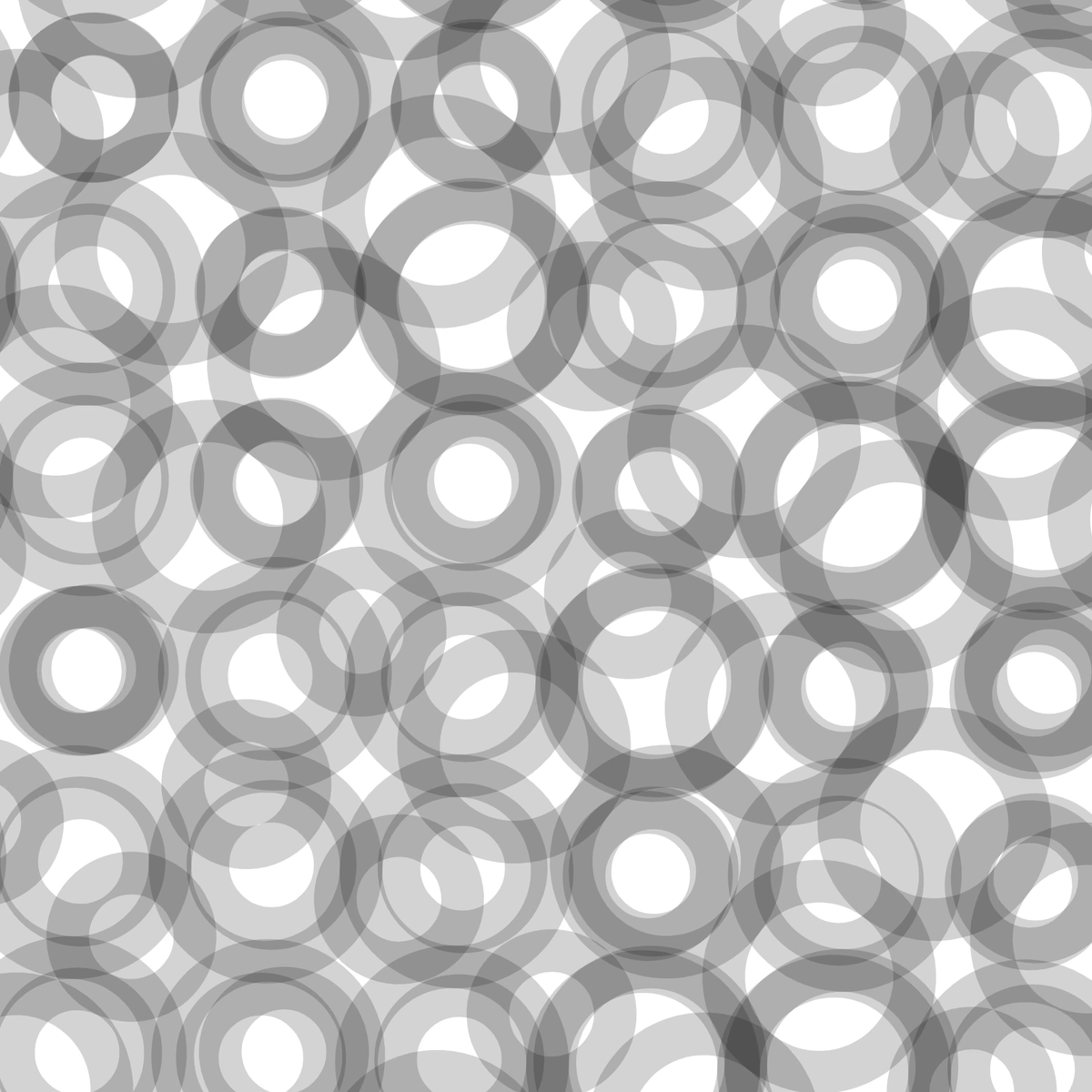

This is Dissonance #9, owned by abstractment. I like the chaotic nature of this edition. The grids are made of many small objects, and the central pattern looks like it could have been generated with Perlin noise, but it's made only of angle rotations and size variations.
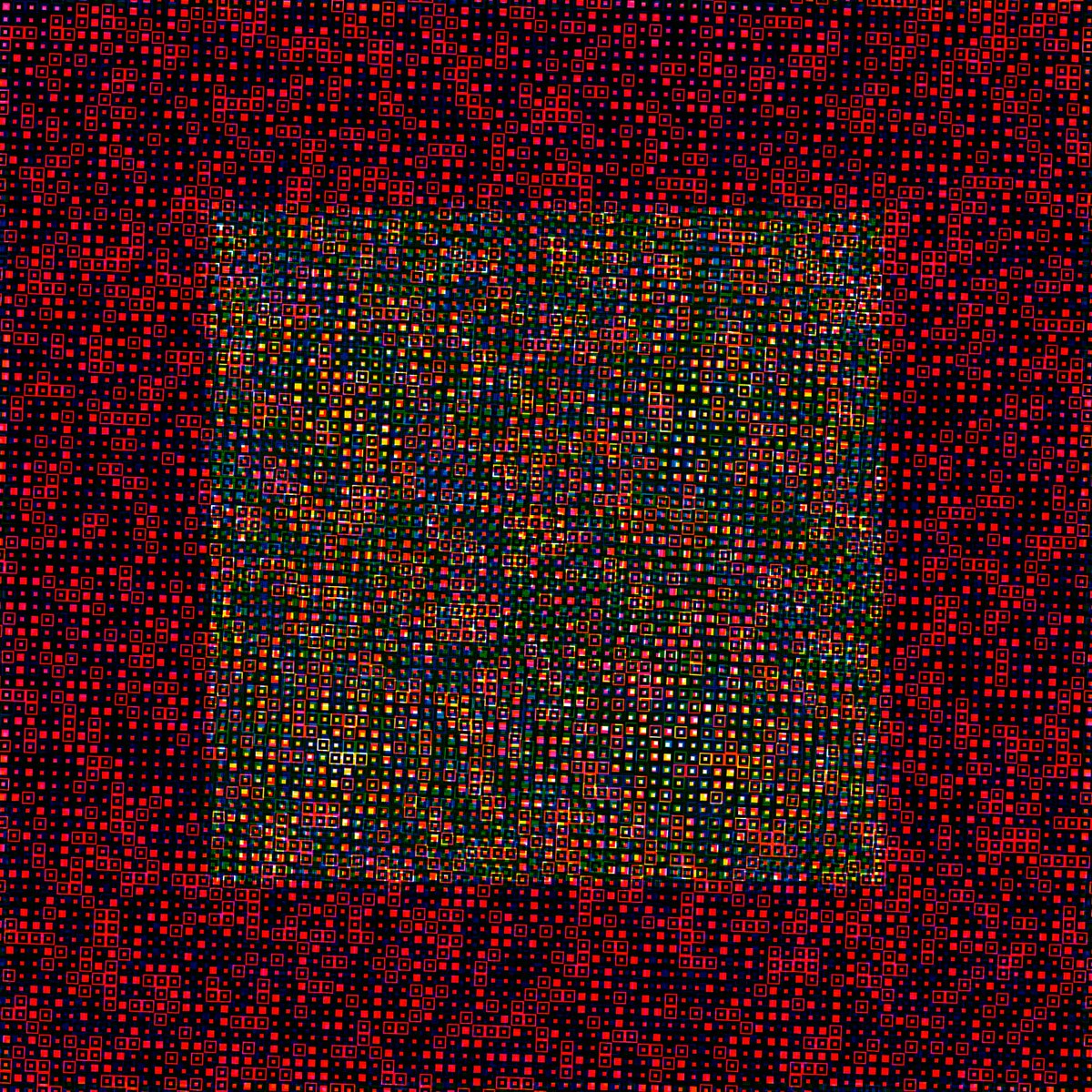


I have written an article about Dissonance, the collection I created for the generative advent calendar organized by Cyphr / Ross. It also includes a brief interview with him, discussing his philosophy on curating generative art. Read it here 👇 medium.com/@MrMallory/the…










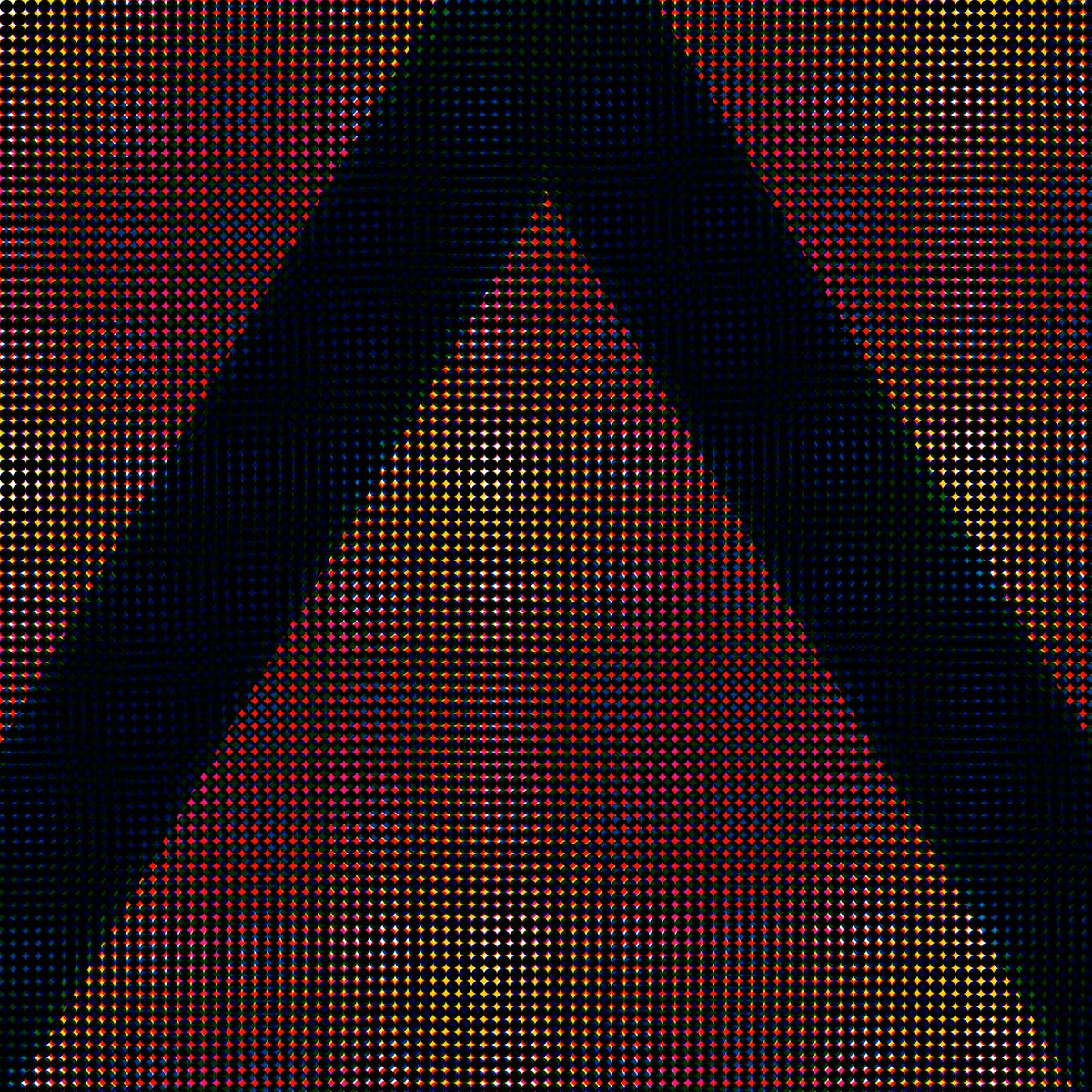
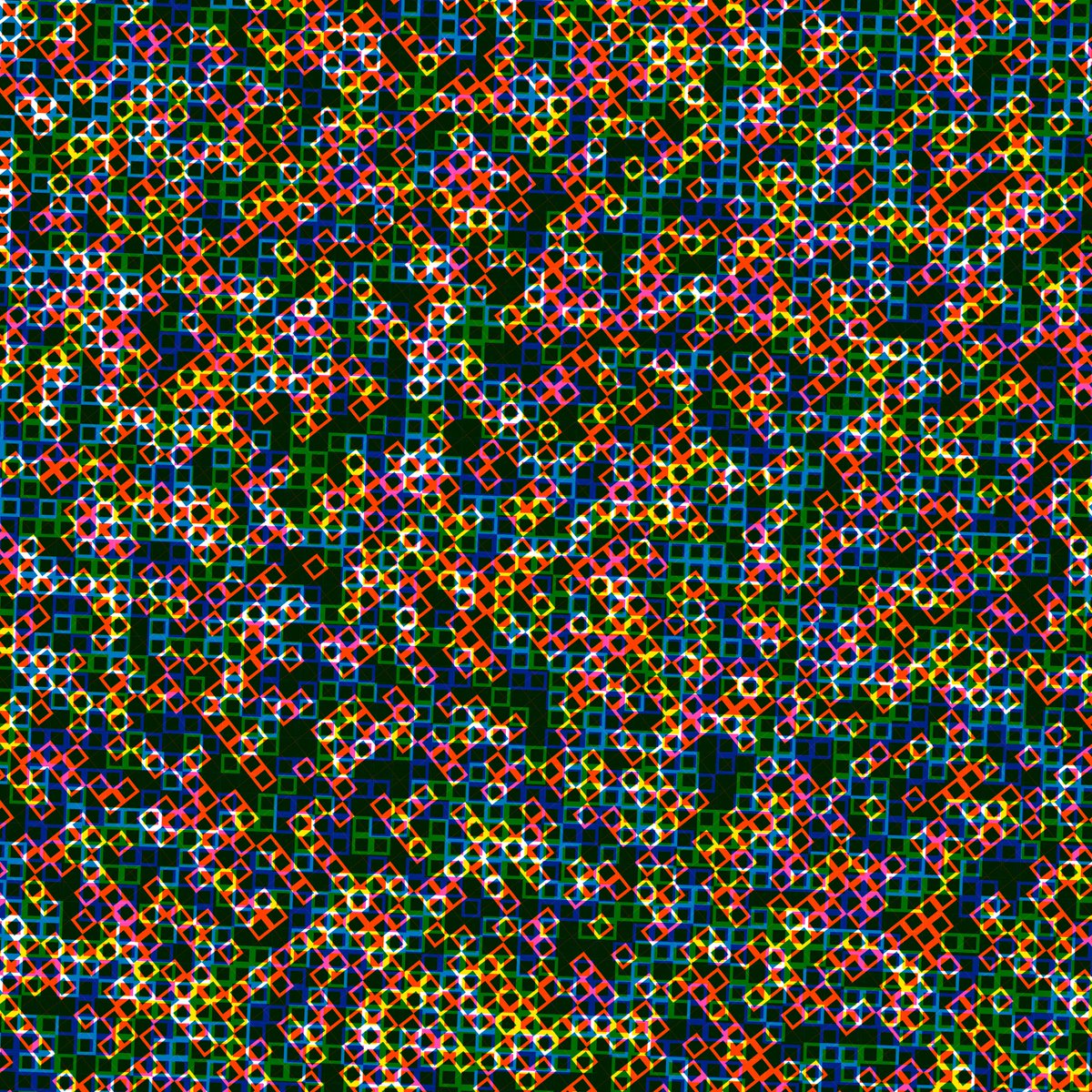
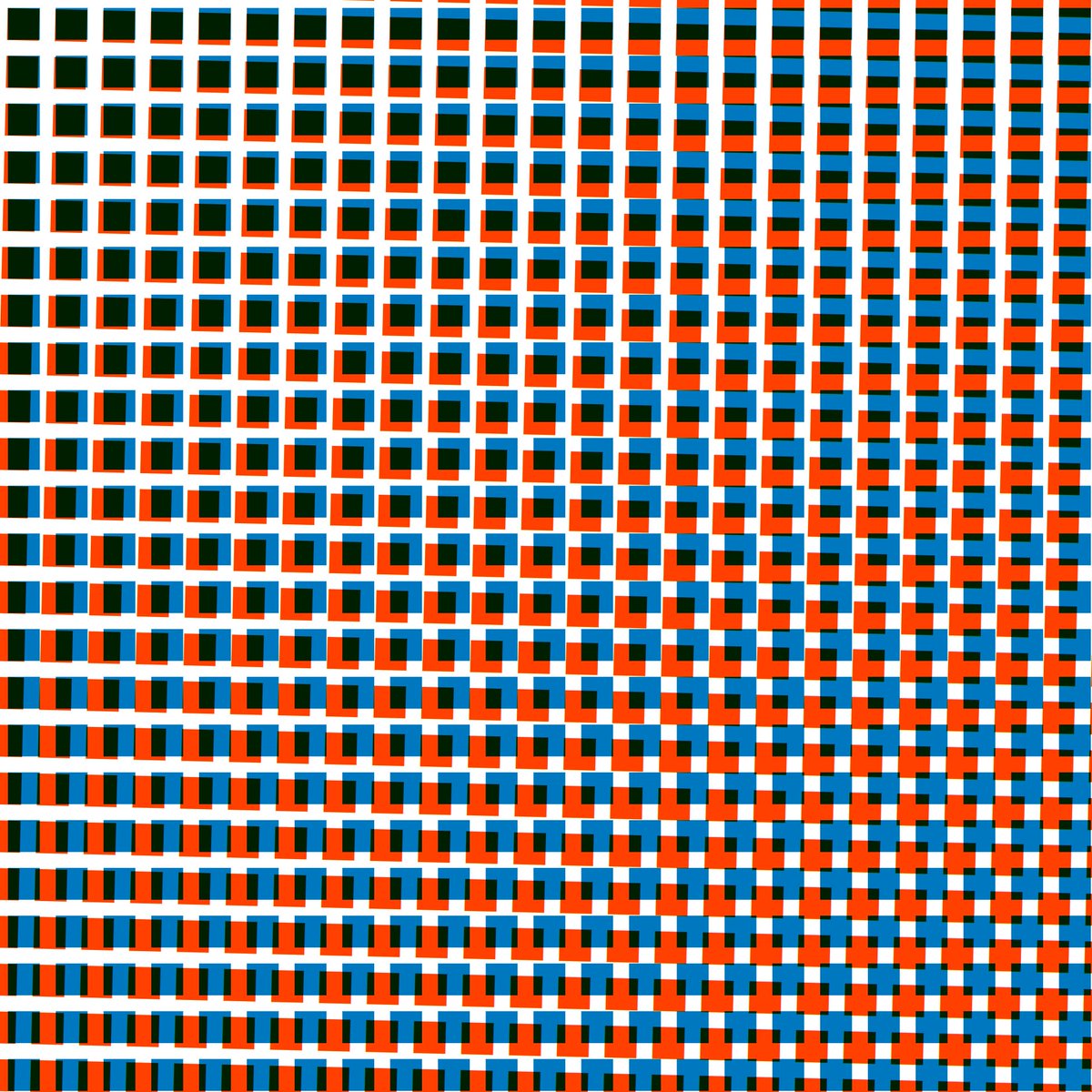
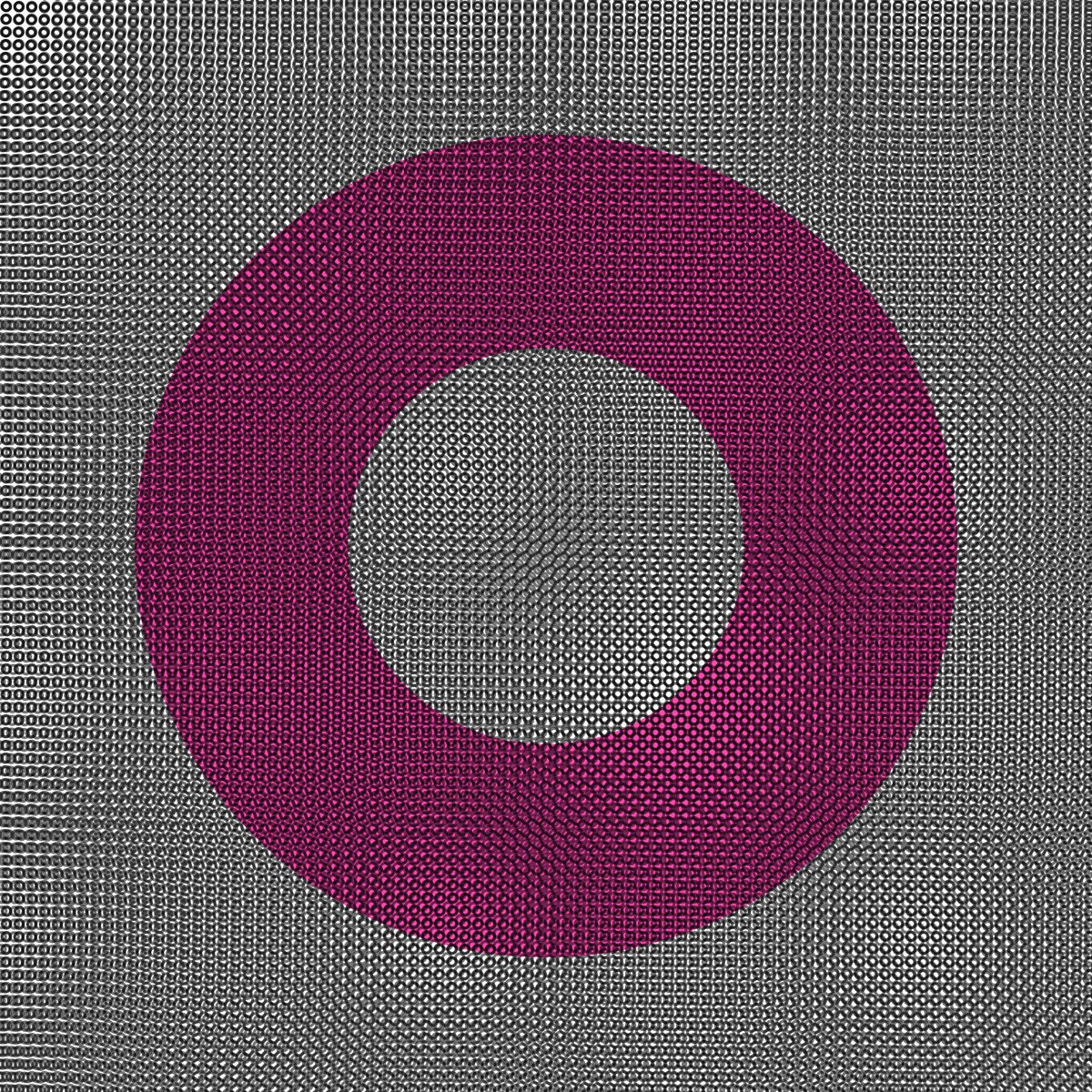
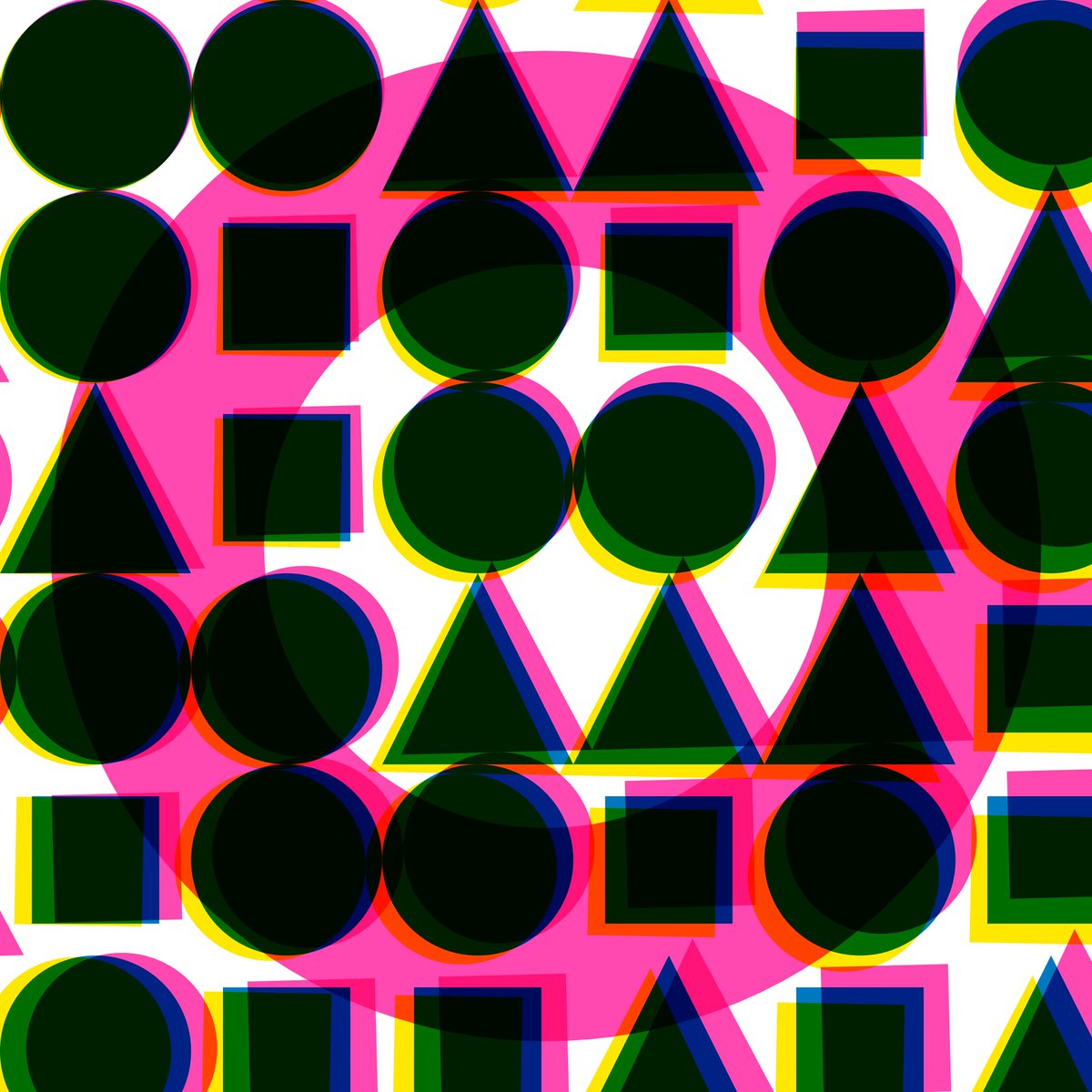
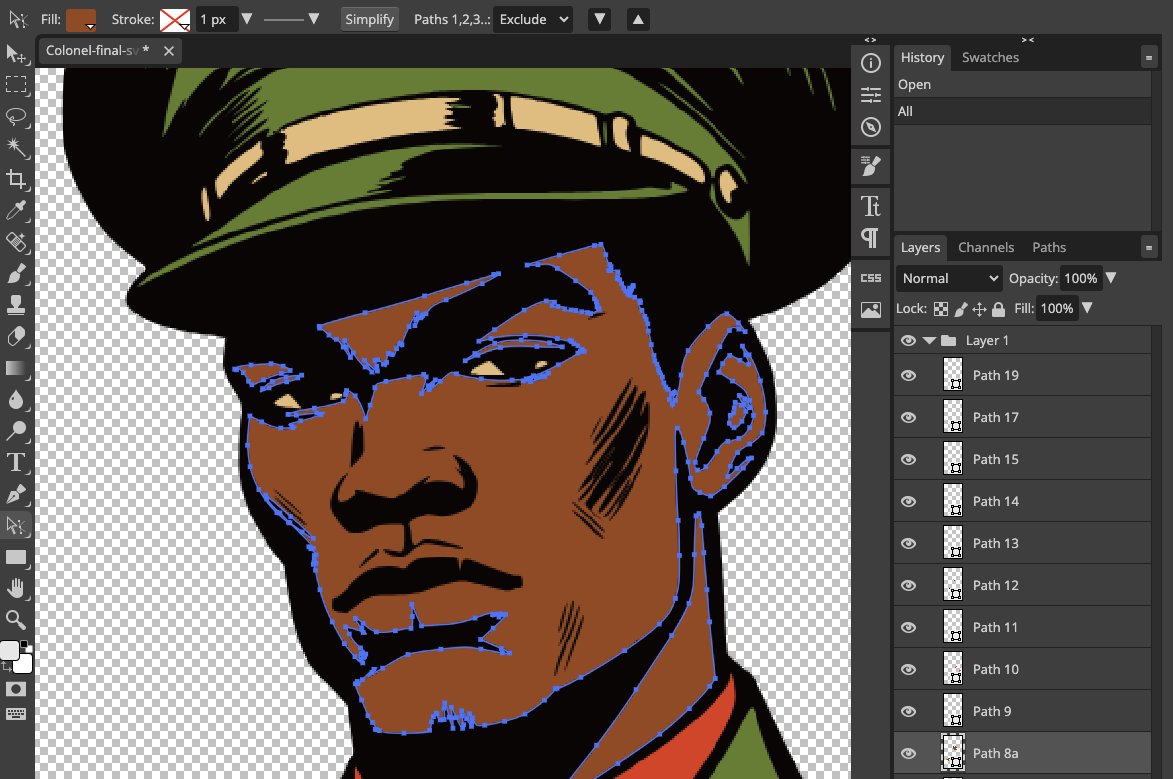
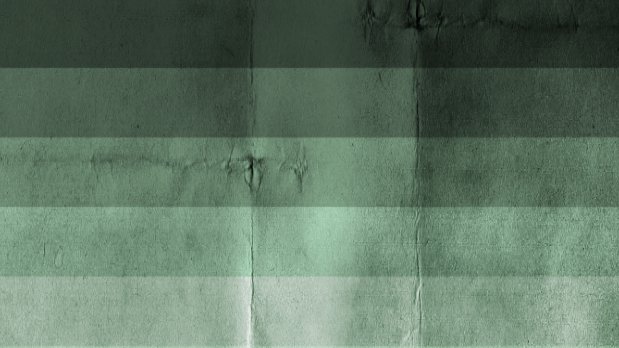
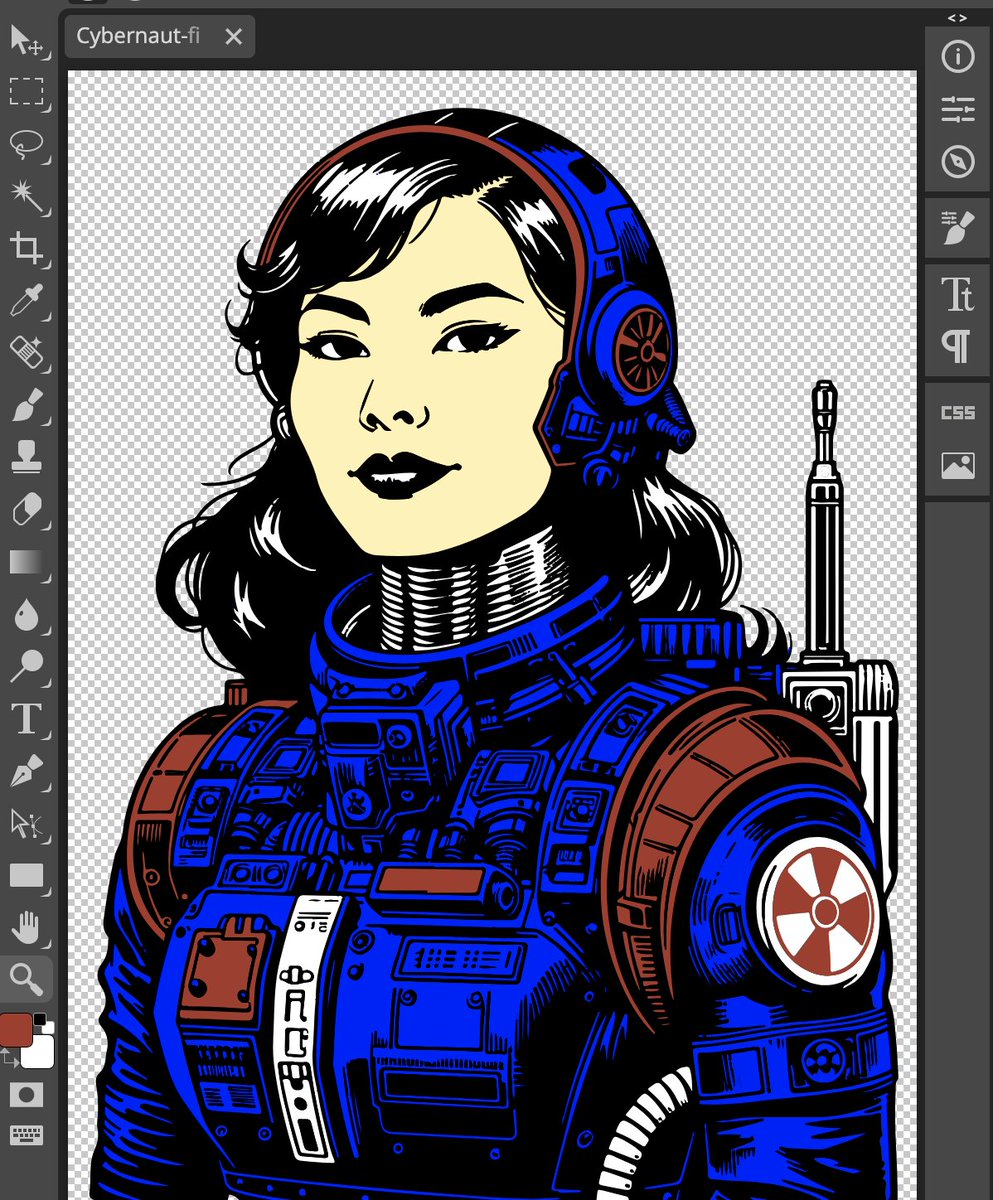
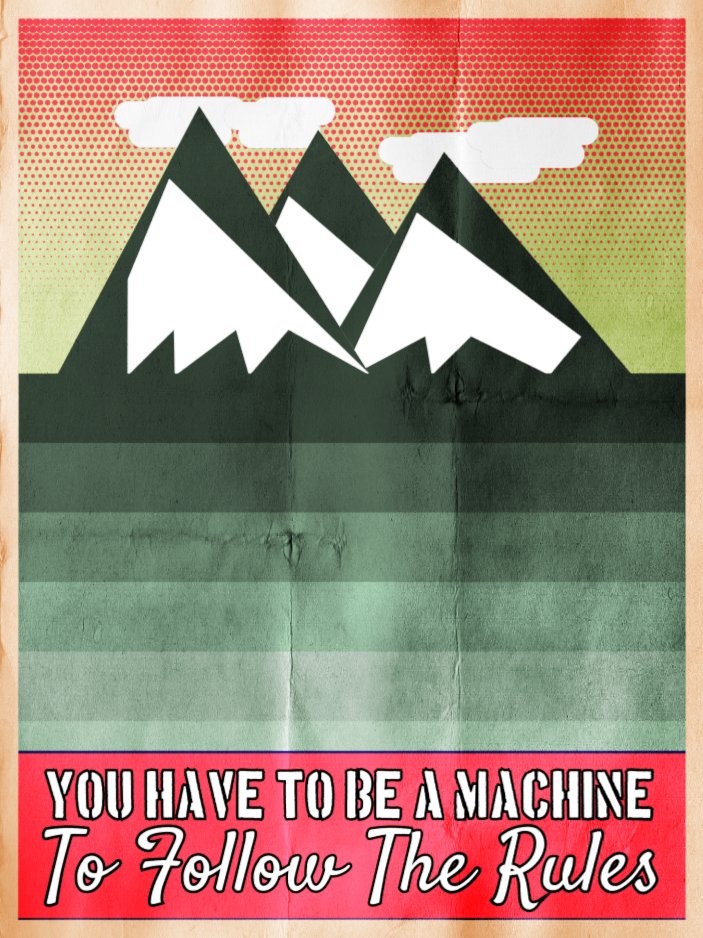

![Mallory (@mrmallory_) on Twitter photo Computer art by Hiroshi Kawano, created in 1964 on a OKITAC 5090A using the OKISIP programming langauge. The piece is called
"Design 3-1. Data 4, 5, 6, 6, 6 [Design 1-4. Data 1, 2, 3, 3, 3]" Computer art by Hiroshi Kawano, created in 1964 on a OKITAC 5090A using the OKISIP programming langauge. The piece is called
"Design 3-1. Data 4, 5, 6, 6, 6 [Design 1-4. Data 1, 2, 3, 3, 3]"](https://pbs.twimg.com/media/GC3mMnfXEAA8y3M.jpg)